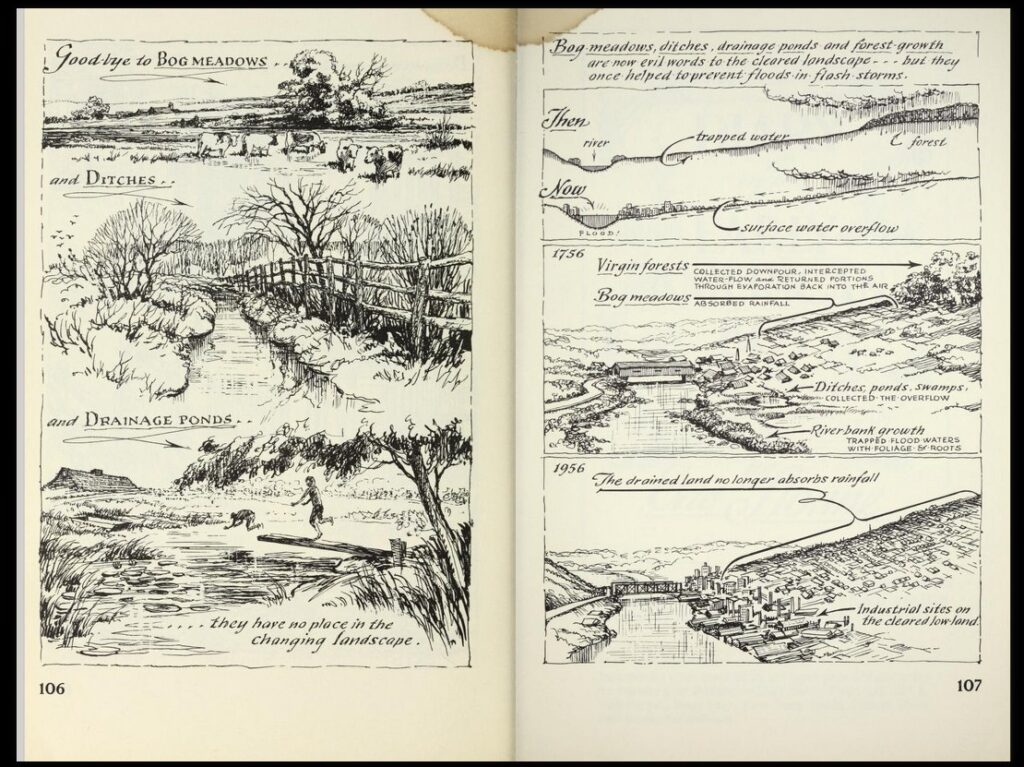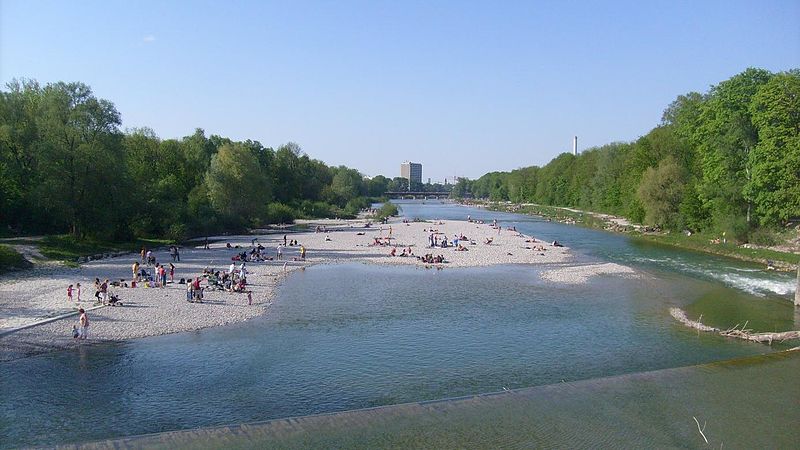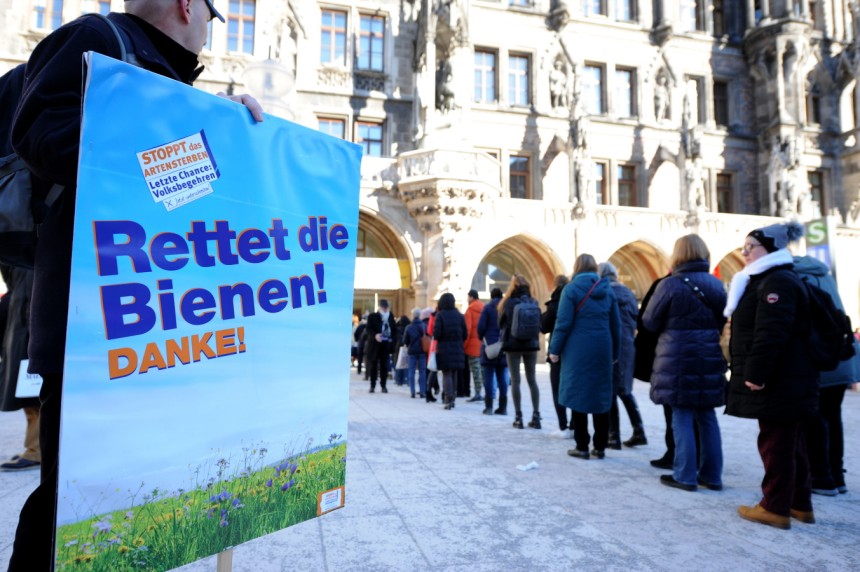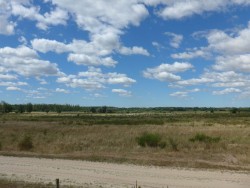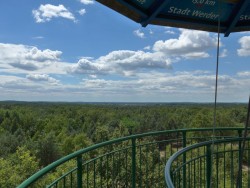French expat in Germany, Romantic poet, early anti-racist and Pacific-Arctic explorer, he wrote the first-ever book on Hawaiian grammar in 1837, figured out how coral atolls are formed, and Deforest Kelley – Star Trek’s Dr. McCoy – starred in an American TV adaptation of his magical realist novel. Adalbert von Chamisso led one of the most extraordinary lives of all time. His astonshing discoveries in ecology have never been discussed in English until now.
A digression into the history of ecology and colonialism. Usually this blog covers current environmental issues in Germany that should be of interest in any country. But recently I asked Germany’s largest conservation organization for examples of anything good the Berlin administration is doing to protect its rivers and water supply and they said there aren’t any. Hence a look back.
In 2019, when the Moet Hennessey Louis Vuitton conglomerate bought the building housing the Waikiki branch of the First Hawaiian Bank, they were intending to demolish a 100-foot-long mural in it that was painted in 1951 by a French-Mexican artist from the circle of Diego Rivera.
The mural, titled Early Cultural Exchanges Between Hawaii and the Outer World, depicted among other events another French artist in Hawaii, in 1816, painting the only existing portrait from life of King Kamehameha I, the first to unify the Hawaiian islands and Hawaii’s “national” hero. Continue reading “Scholar among Romantics, Romantic among scholars: the multiple lives of poet-explorer-botanist Adalbert von Chamisso”


